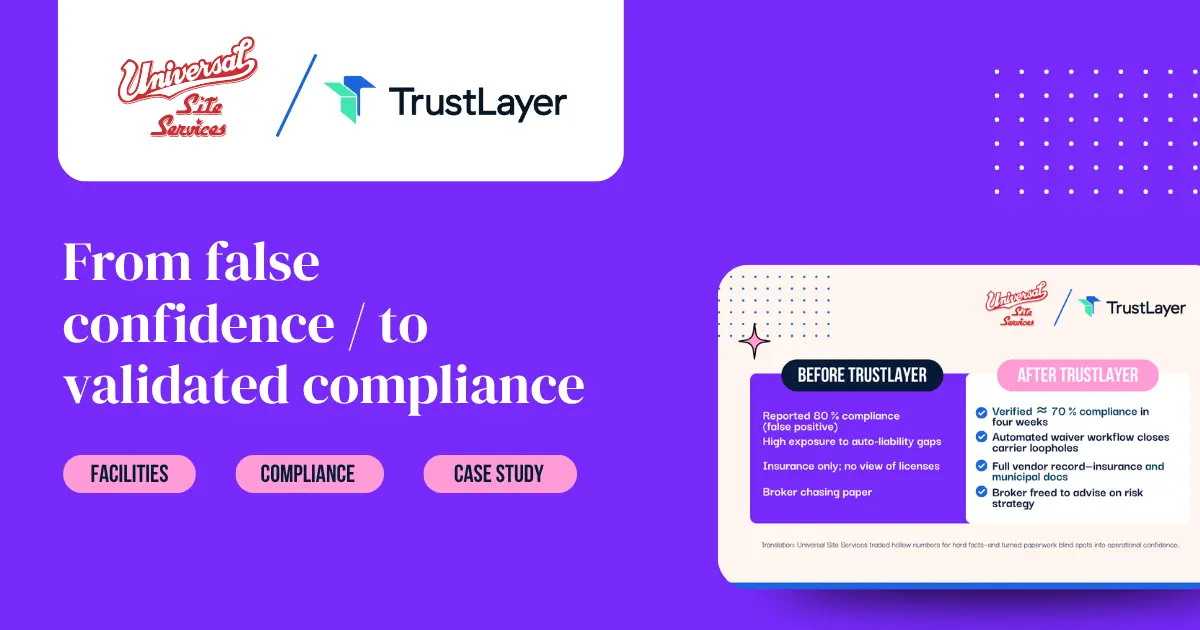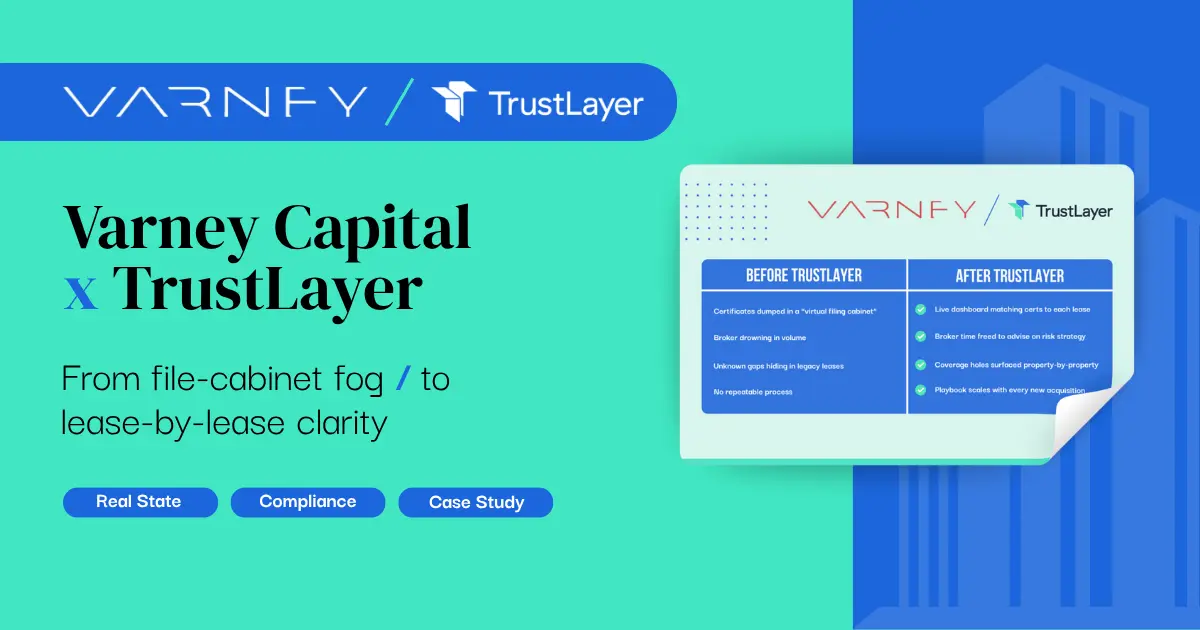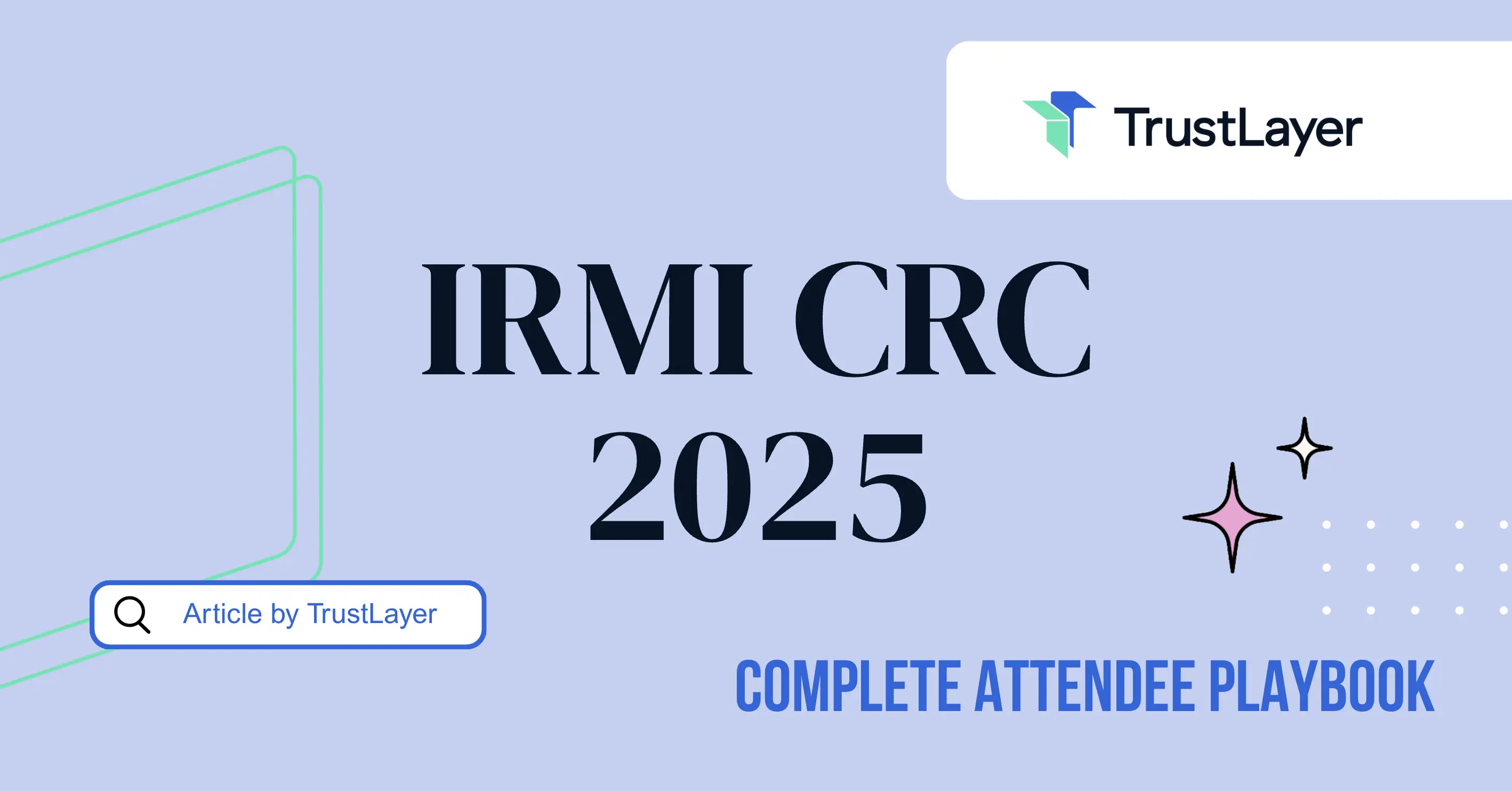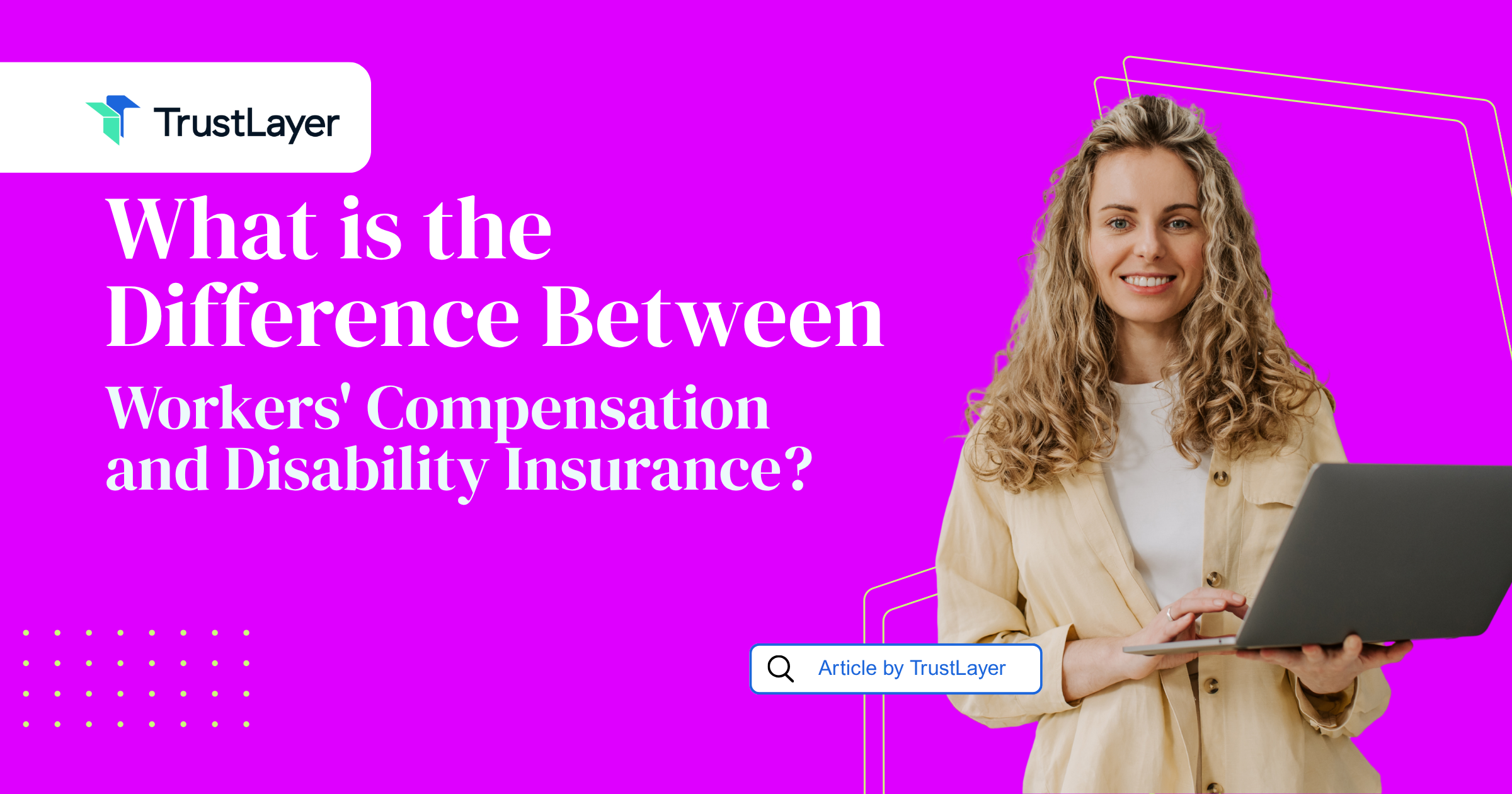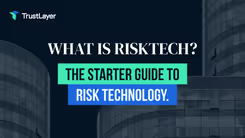AI Revolution: Transforming Construction Risk Management with Sai Kothapalli

In a recent episode of Risk Management: Brick by Brick, host Jason Reichl sits down with Sai Kothapalli from Accenture for a masterclass in how artificial intelligence is revolutionizing construction risk management. From automated progress monitoring achieving 94% accuracy to predicting equipment failures before they happen, Sai reveals why companies not embracing AI face an existential threat in today's hyper-complex construction environment.
To find out how TrustLayer manages risk so that people can build the physical world around us, head to TrustLayer.io.
The End of Reactive Risk Management
Sai opens with a fundamental truth reshaping the construction industry: "We are talking about moving from a reactive, firefighting approach to a predictive, data-driven strategy that's fundamentally changing how we think about project success."
For decades, the industry operated in perpetual crisis mode—waiting for problems to emerge, then scrambling to contain damage. This worked when projects were simpler and more predictable. But today's construction environment has changed dramatically. Modern data centers, smart buildings with integrated IoT systems, and projects with hundreds of variables changing daily have eliminated any margin for error.
Traditional risk management tools—weekly meetings, monthly reports, spreadsheet tracking—simply can't keep pace with this complexity. As Sai puts it, "It's like navigating a Formula One race with a horse and buggy."
The 94% Solution: AI in Action
When pressed for concrete examples, Sai delivers with his automated construction progress monitoring system. Traditional progress monitoring relies on superintendents making subjective assessments like "structural steel is 60% complete," with updates happening weekly at best.
Sai's AI system revolutionized this process across three live projects, processing over 900 hours of site footage, 2,300 drone images, and 200 LiDAR scans. Using computer vision, semantic segmentation, and graph neural networks, the system doesn't just see current progress—it predicts how delays will ripple through future activities.
The results speak volumes: 94% accuracy versus 78% with manual methods, $1.2 million average cost avoidance per project, and a 340% return on investment with a three-month payback period.
The Cultural Challenge: Augmentation, Not Replacement
Despite these impressive numbers, Sai identifies an unexpected obstacle: "I should say the biggest challenge in implementation of this AI is the cultural resistance because the construction is a relationship-driven industry where everything is experience-based."
The key to overcoming this resistance? Positioning AI as augmentation rather than replacement. When superintendents see how AI helps them manage larger, more complex projects effectively, resistance transforms into enthusiasm. The goal is giving experienced professionals superpowers—helping them see earlier, decide faster, and act smarter.
Building the AI-Ready Organization
Companies need fundamental organizational changes to succeed in this AI-driven future. Sai outlines critical requirements:
Traditional functional silos must break down for integrated cross-functional teams. New hybrid roles are emerging—construction data scientists, AI project managers, digital specialists who speak both construction and technology fluently.
Investment in data infrastructure becomes crucial. Companies must treat data as strategic assets, requiring significant investment in collection, storage, and analysis systems. Partnership ecosystems are essential since no single company can develop all necessary AI capabilities internally.
The Regulatory Horizon
As AI adoption accelerates, regulatory frameworks are emerging. Sai predicts requirements for AI transparency and audit trails, data privacy and security regulations, safety and liability standards for AI systems, and evolving professional standards with AI literacy requirements.
Companies succeeding in this future will implement robust data governance now and actively participate in shaping regulatory frameworks rather than reacting after they're established.
Final Thoughts
Sai's parting wisdom cuts straight to the point. When asked if it's too risky for construction companies not to experiment with AI, his response is unequivocal: "I think it's too risky, in my opinion, if any construction company, whether they're working on private projects or government projects, if they don't automate."
The construction industry stands at an inflection point. Companies embracing AI aren't just improving efficiency—they're fundamentally reimagining how construction projects are conceived, managed, and delivered. Those waiting on the sidelines risk becoming obsolete in an industry where complexity is increasing while margins are disappearing.
To hear more about the intersection of AI, technology, and risk management in the physical world, tune in to this episode of Risk Management: Brick by Brick.
👉 Spotify: https://bit.ly/47SXlQT
👉 Apple Podcasts: https://apple.co/4nwXZcm
👉 YouTube: https://youtu.be/KTkgYi7w_JM
Podcast Host: Jason Reichl
Executive Producer: Don Halliwell



